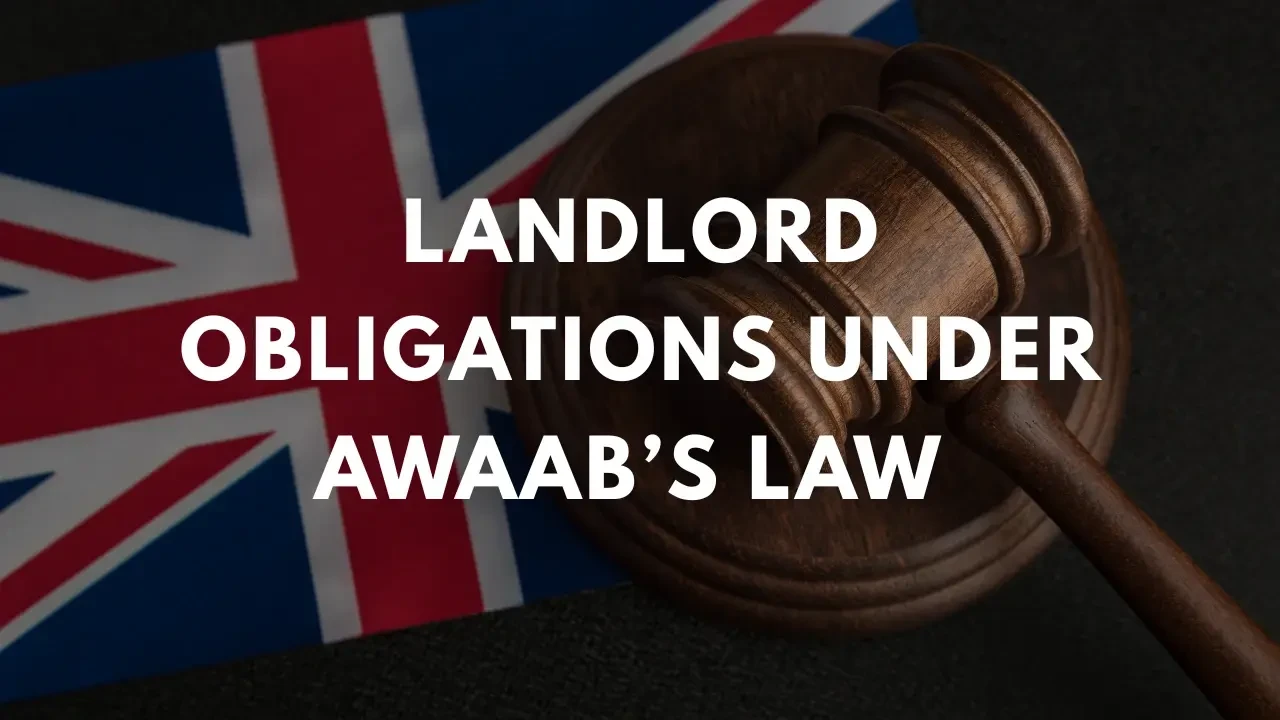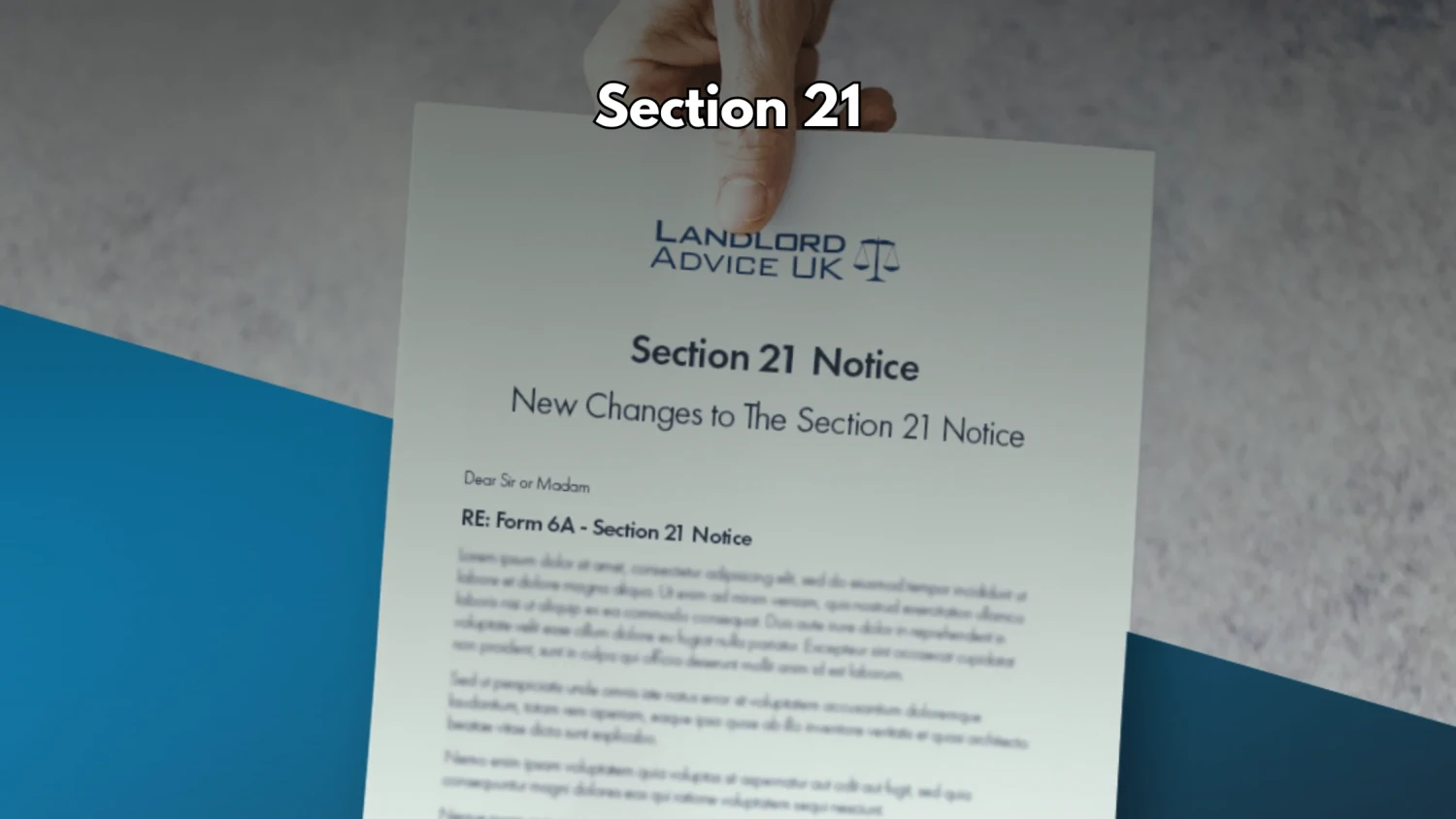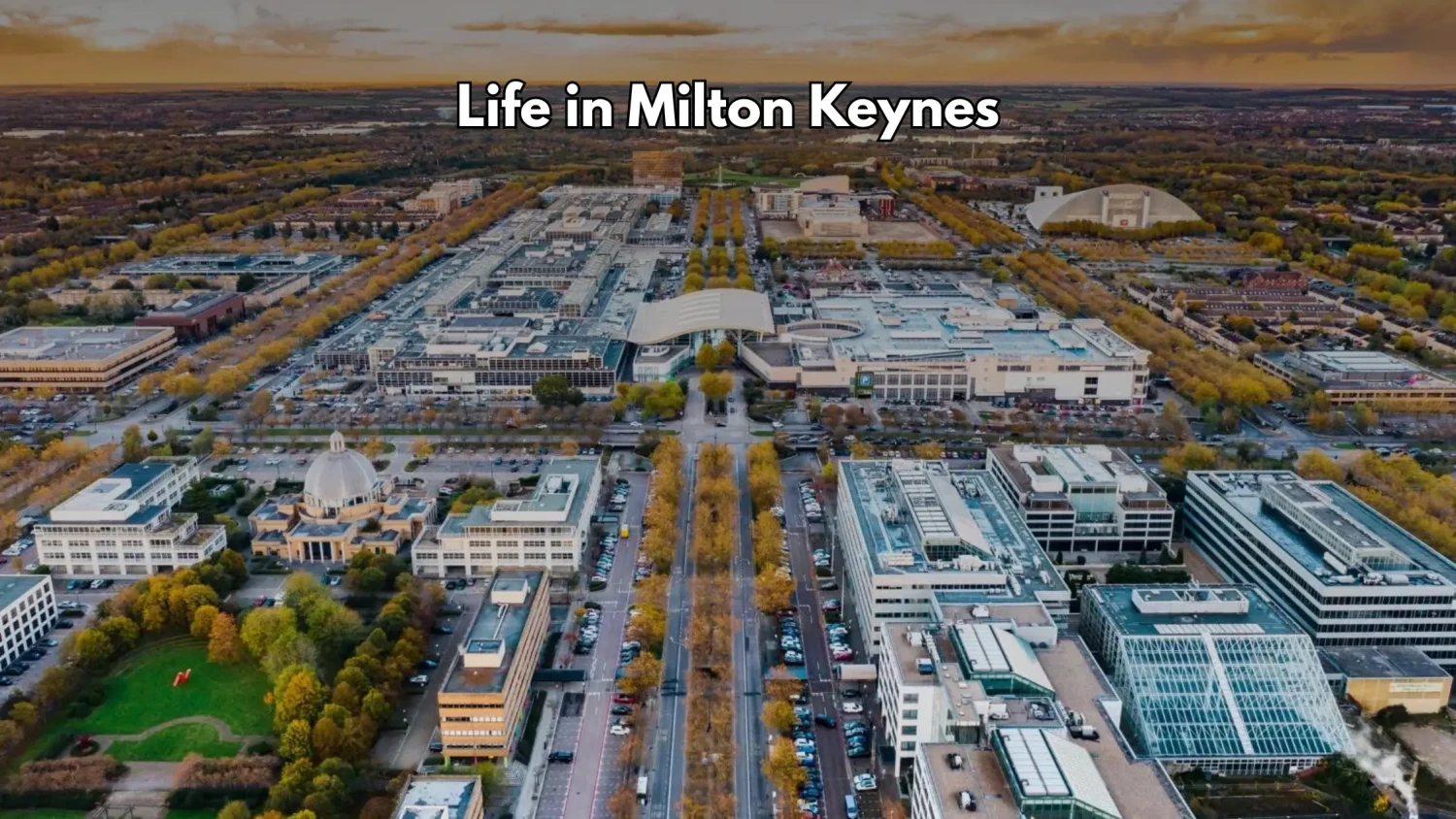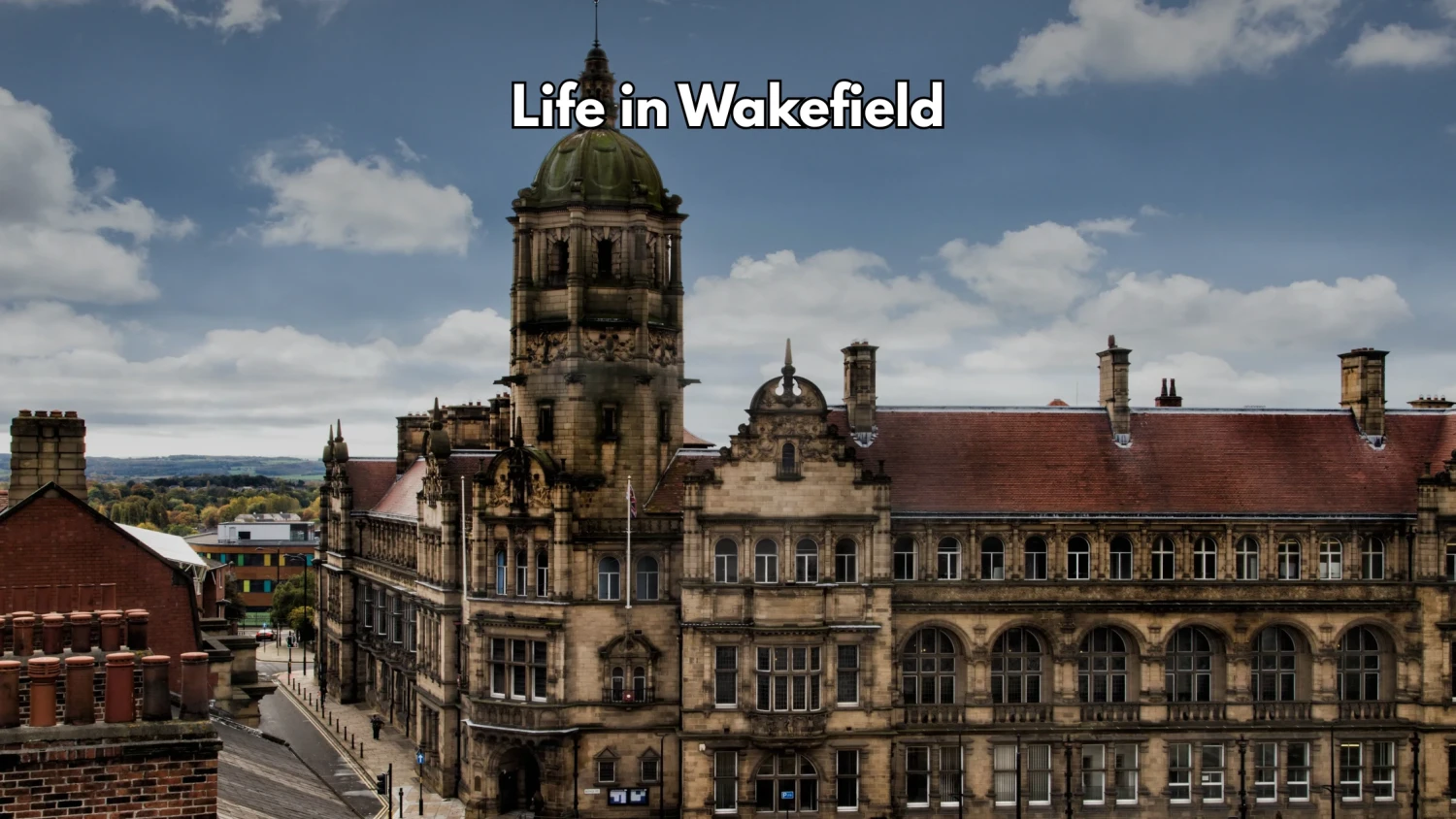
In 2020, the untimely death of two year-old Awaab Ishak drew attention to the dangers of damp and mould in housing. His case also exposed significant deficiencies in the standards of social housing, and it led to a legislative endeavour also known as Awaab's Law, which has the potential to provide a progressive step forward ensuring safe and healthy homes across the UK.
From October of 2025, the law shall impose strict legal duties on social landlords and provide clear time limits within which hazards such as damp and mould must be remedied. The act focuses on some basic changes in the way safety and accountability are perceived by landlords, providers, and tenants.
What Is Awaab’s Law?
Awaab's Law is part of the Social Housing (Regulation) Act 2023 and should appear to operate as a safeguard that protects tenants from possibly uniquely insufficient housing unsafe to their health. Pursuant to the law, social landlords need to:
- Investigate hazards such as damp and mould and do so within set timescales.
- Give tenants a written report of any findings within 48 hours of inspection.
- Start repair works within seven days where significant health or safety risks have been identified.
- Complete repairs within reasonable timeframes, depending on the needs of the household.
- Carry out repairs within reasonable timeframes, dependent on the needs of the household.
- Carry out emergency repairs within 24 hours.
Landlords who make themselves liable by putting tenants’ lives at risk can find themselves in court.
Why Is It So Important?
The combination of moisture and mould is bad for some forms of health and pose worsening circumstances while they apparently induce asthma and also take a toll on a person's mental state. According to the Housing Health and Safety Rating System or HHSRS, hazards posed by damp and moulding are Category 1, which means the highest level of housing risks. And with Awaab's Law in force, social landlords will no longer be allowed to drag their heels or treat these hazards with anything less than the mortal urgency that they do.
Awaab's Law: Landlord Responsibilities
Under Awaab's Law, social landlords have been given several new duties beyond those already imposed on them under the Landlord and Tenant Act 1985 and Homes (Fitness for Human Habitation) Act 2018. Core responsibilities include:
- Swift Action from Reports Received: Landlords must act within time limits on inspection, response, and repair.
- Records: Landlords keep records at every stage of the process-the first report received from the tenant through the completion of works.
- Professional Standards: Senior officers working in housing associations and local authorities should have the necessary training and qualifications to competently manage housing risks.
- Zero-tolerance: Following the Housing Ombudsman's recommendations in 'It's Not Lifestyle,' landlords should not assume that tenants' living habits are causing damp and mould troubles.
What Tenants Need To Know
With Awaab's Law, any tenant will feel more secure in their existing right to safe, inhabitable housing:
- Promptly Report Problems: The tenant ought to inform the landlord or managing agent if they spot dampness or mould at any time.
- Ensure Inspections Are Allowed: Tenants granting access for inspection and repair must be allowed.
- Know Your Rights: Where in the matter of deadlines of landlords do not meet, complaints may be escalated by a tenant to the Housing Ombudsman or further taken to court.
Wider Impact Across Housing
Though the initial application of Awaab's Law is only for social housing, the government intends to extend such protections to the private rental sector with the passing of the Renters' Rights Bill 2024-25. This includes a private rental standard for decency and a dedicated ombudsman for the private sector.
By 2027, Awaab’s Law will mostly cover all hazards here under the HHSRS, from fire safety to structural risks, thus allowing for a far higher level of housing safety standards.
Conclusion
Awaab’s Law means much more than thirty charter: it enshrines the sui generis moral duty of protecting tenants from unsafe accommodation. Accordingly, the landlords are obliged to hold greater liabilities with shorter time limits, which may cause legal action if they refuse to abide by their obligations. For tenants, it translates to a stronger rights platform and interventions in cases of housing hazards.
In the aftermath of Awaab Ishak's unfortunate demise, the act ventures to see the last of families ever having to be left to suffer in hazardous unfit housing.









